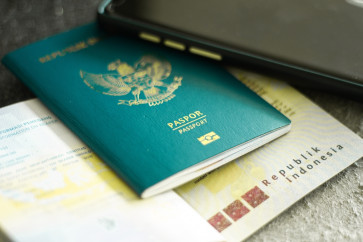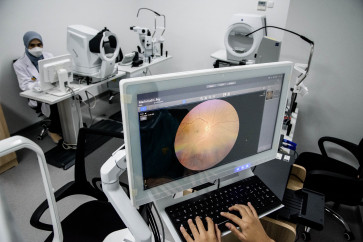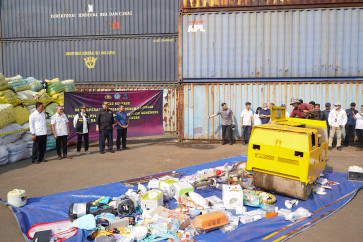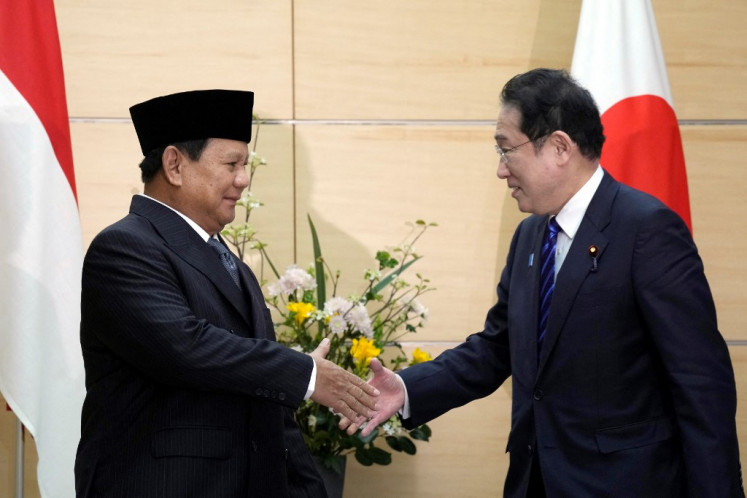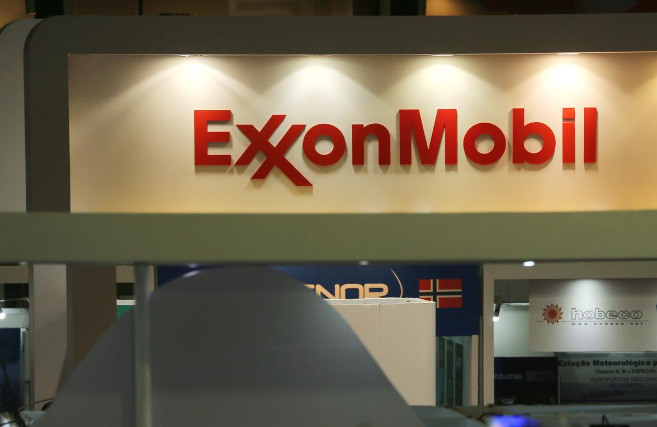5G to add $8b to telco revenue in Indonesia by 2030: Ericsson
Telecommunication operators in Indonesia could increase their revenue by 35 percent, or US$8.2 billion, by 2030, if they offer 5G services to businesses despite challenges in the country to implement the fifth-generation technology, a recent study shows.
Change Size
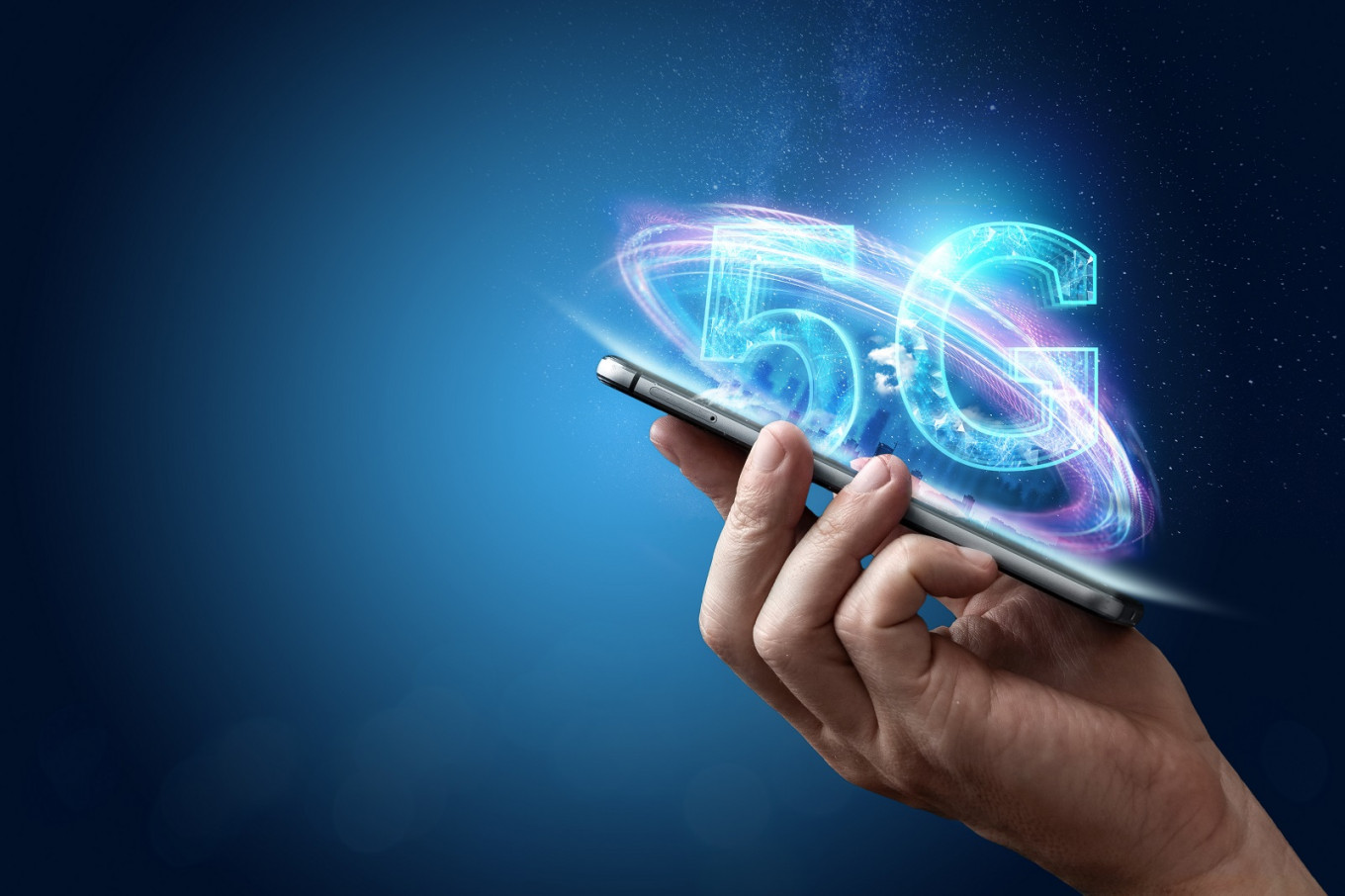
Telecommunication operators in Indonesia could increase their revenue by 35 percent, or US$8.2 billion, by 2030, if they offer 5G services to businesses despite challenges in the country to implement the fifth-generation technology, a recent study shows.
The November 2020 edition of the Ericsson Mobility Report states that telecommunications providers can gain the most benefits from offering business-to-business (B2B) 5G solutions for manufacturing firms, energy providers and utilities as well as media and entertainment companies.
“This opportunity is for operators who will go beyond selling 5G subscriptions. They have to be proactive in looking at new use cases for B2B solutions,” said Ericsson Indonesia Network Solutions head Ronni Nurmal during an online press briefing on Tuesday.
Indonesia is seeking to accelerate its 5G spectrum allocations by properly allocating spectra that meet the demand for the 2,047-megahertz frequency spectrum necessary for both 4G and 5G by 2024. The country has also run at least 10 trials on the use of 5G between 2017 and 2019.
Ronni went on to say that 5G would enable smart operations and these could be applied through the entire supply chain. In manufacturing, 5G technology enabled fast and cost-efficient connectivity, which could increase production ability.
“Many operators are still focusing on the 5G potential for businesses, but we have to remember that individual consumers will still be the majority and core revenue source for operators,” he added.
He said that, in the 5G-enabled digital consumer services, revenue would be driven by enhanced video and high-definition music, which would make up 56 percent and 23 percent of total consumer-facing revenue, respectively.
Augmented and virtual reality will have the highest growth with a 225 percent compound annual growth rate (CAGR). However, it will only make up 6 percent of the total revenue. Other potential segments include consumer internet of things (IoT) applications, cloud gaming, mobile games and live sport, he said.
Ronni added that offering 5G services could add to a telco product diversification and could help companies curb the trend of declining average revenue per user (ARPU) rate happening in the industry globally.
Telco companies in Indonesia were seeing a surge in data traffic, but many were experiencing dwindling revenue especially from losing corporate clients as the COVID-19 pandemic has pushed businesses and schools to shut down.
The Ericsson’s report suggests that early providers of 5G are predicted to have 38 percent higher ARPU compared to those who only offer 4G by 2021. Early providers also are shown to gain more market share.
It also projects that there will be 220 million global 5G subscribers by the end of the year and that by 2026 the number will reach 3.5 billion subscribers.
In Southeast Asia and Oceania, 5G is expected to be the second-most popular technology after 4G by 2026, with more than 380 million subscribers and accounting for 32 percent of all cellular subscribers.
Local telco operators were ready to deploy 5G and the industry was waiting for the government to make the spectrum available to roll out 5G technology, Ericsson Indonesia country head Jerry Soper said during the same event.
“The government has identified the necessary spectrum and is making way to make it available for operators in the next one to two years and then we can see 5G launch soon after,” he said.
During a Jakpost Up Close webinar in November, the Communications and Information Ministry’s 5G task force head, Denny Setiawan, stated that the country was facing challenges in releasing the low and mid bands of 700 MHz, 2.6 MHz and 3.5 MHz necessary for the 5G network as other services, such as TV, were currently occupying the bands.
“The 3.5 [MHz] is one of the potential [bandwidths], because it’s a mass market, already almost a global ecosystem,” Denny said at the time. “We will have some solution and we’ll try to achieve a win-win solution.”
The ministry plans to free up 1,880 MHz of spectrum to enable 5G, as outlined in Indonesia’s 2020-2024 National Medium Term Development Plan (RPJMN).

